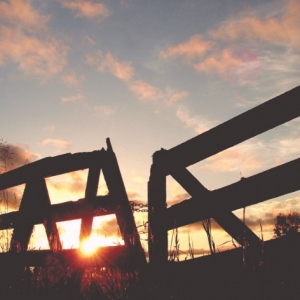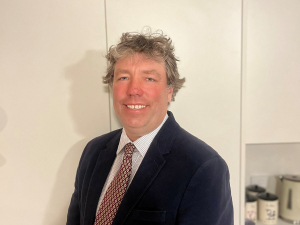Recently, the Government and the Auckland bureaucracy agreed to spend $10 billion-plus on the 4km downtown rail tunnel, a second harbour crossing and new motorway links in urban Auckland – though I’ve heard up to $60 billion over two or three decades mentioned!
At the same time, a reply to a letter was published in the Rodney Times by Auckland Transport spokesman, Mark Hannan. It read in part: “Across the Auckland region there are 868km of unsealed roads with an estimated cost to seal of $347 million. The present seal extension programme funding identified in the long-term plan is $4.2 m over 10 years or an average of $420,000 per annum.”
Vast rural tracts, from the Firth of Thames to north of Wellsford, were forcibly married to urban Auckland in 2010. This rural hinterland constitutes about 75% of Auckland’s area. The point of the conjugation was to bring rates from sparsely populated (read voter-poor areas, which lacked the numbers to object effectively) into voter-rich urban areas to help pay for expensive urban projects.
We can get a fair measure of the regard in which Auckland Council holds its rural population from the $420,000 per annum funding for rural seal extension—a generous one kilometre per year—versus $1+ billion a year for major urban transport projects that are as relevant to most rural residents as condoms are to eunuchs. In rural areas, the main issue is always sealing local roads.
With a budget of $3 billion a year, Auckland Council could seal all its rural roads in five years and barely notice.
Slightly off topic but not irrelevant, American friends just hired a camper from a major company to discover it’s forbidden to drive on any unsealed road, surely an impediment to the enrichment of rural NZ by tourism!
Auckland Council would love to cancel what the Left disparagingly refers to as the “holiday highway” from Puhoi to Wellsford, if only it could get its hands on the money for urban transport.
Northland is predominantly rural, less prosperous than much of the country and could benefit substantially from better links with our largest city; yet Auckland Council cares only about its own downtown transport issues.
However, roads in rural Auckland are really just the edge of a larger concern.
The new Auckland is now large enough to arm-wrestle central government. All other local territorial authorities are pipsqueaks in comparison. Hence many are now looking at possible amalgamations to become large enough to regain influence with central government.
Because most amalgamations would be based around cities, we’re likely to see the progressive disenfranchisement of rural populations with respect to local government, because as with Auckland’s rural roads, populous urban interests will always win over rural concerns.
This matters because local government sets most rules for the obstacle race that governs our lives, much more so than central government. So, city-focused planners will set the rules for large tracts of rural New Zealand.
For instance, planners loathe rural subdivision as much as the Greens hate GM, and the minimum subdivision size over outer Auckland is proposed to be 150ha. Forget subdividing off a small block to fund your retirement when the kids want to take over the farm! However, bureaucrats love bush remnants and streams so I doubt that it will be long before they all have to be fenced, which means dams (think resource consents), pipes and troughs to water stock, with culverts and bridges for vehicles!
Expect similar nonsense to become widespread if local body amalgamation proceeds. Is there a solution? Unbundling the Auckland monster seems preferable to creating more of them.
• Warren Judd is the former editor of NZ Geographic and a farmer in the Rodney district north of Auckland.

















